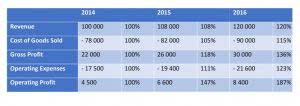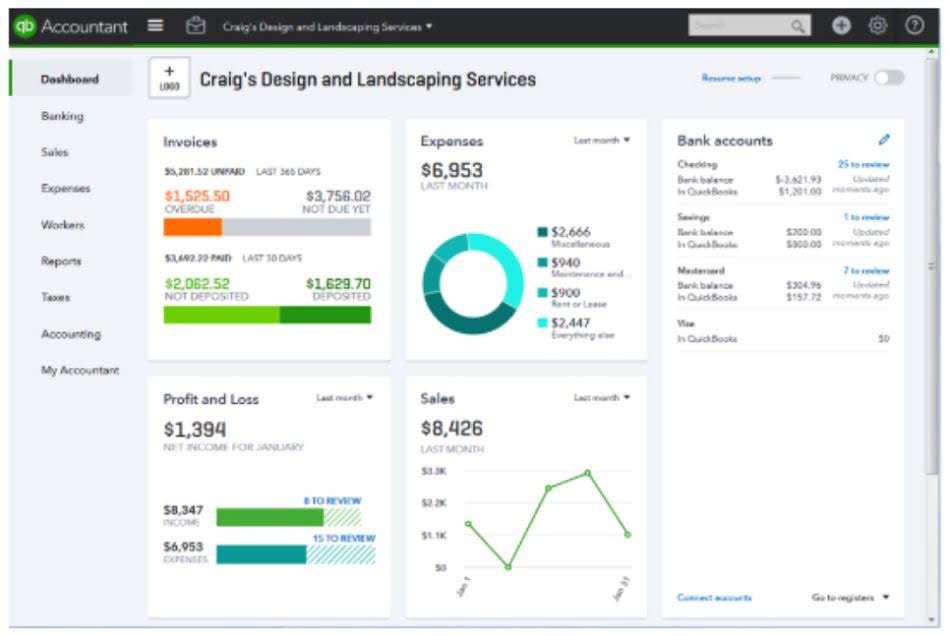When the customer’s money is received in January 2025, the receivable is removed. These are non-operating items that are not part of the company’s core business operations. These can include gains or losses from investments, interest income, or interest expense. An income statement is an important financial report that provides rich information on how a business or company is doing and how it’s likely to perform in the future. Used in both managerial and financial accounting, it is an invaluable resource to internal and external stakeholders alike.
Cost of sales (cost of goods sold, cost of products sold)
The final section of a profit and loss statement is the bottom line, which is simply the difference between income and expenses. Return on equity (ROE) is a financial ratio that measures the profitability of a company in relation to the amount of equity capital it has. ROE is calculated by dividing a company’s net https://www.pinterest.com/jackiebkorea/personal-finance/ income by its shareholder equity. Assets turnover is an important metric for investors to watch because it can give insights into a company’s efficiency and profitability.
Income tax expense
While an income statement can be prepared for any time frame, a cash flow statement must be prepared at least quarterly. This is the gross operating profit that the entity generates for the period. It is important information for financial information users to assess how the entity’s profitability is compared to the same kind of entities in the market.
The Best Accounting Software for Consultants
Similarly, a manufacturer could record revenue as soon as materials and a workforce are available. The extreme uncertainty of this approach has made it unacceptable for practice. The approach lacks the reliability demanded elsewhere in accounting, and its use is limited.
- However, for accounting purposes the economic entity assumption results in the sole proprietorship’s business transactions being accounted for separately from the owner’s personal transactions.
- But if you’re looking for a super simple financial report to calculate your company’s financial performance, single-step is the way to go.
- The gross profit in the income statement is the amount of money that remains after the cost of sales has been deducted from the total revenue.
- It provides a clear picture of where the income is coming from (revenues), and where it is going (expenses).
- But generally, every statement of income can be divided into sections, which are described below.
Interest expense is a nonoperating expense for most businesses since financing is outside of their main activities of purchasing/producing goods and selling goods and/or providing services. For example, the income statement of a large corporation with sales of $8,349,792,354.78 will report $8,349.8 and a notation such as (In millions, except earnings per share). Income before income tax expense is the combination of the amount of operating income and the nonoperating amounts. The data on an income account becomes even more valuable compared with several reporting periods.
If a company has a low assets turnover ratio, it may be time to take a closer look at how it’s using its resources. A company with a high assets turnover is usually more profitable than a company with a low assets turnover. There are a few different ways to calculate assets turnover, but the most common formula is to divide a company’s sales by its total assets. This number can then be compared to industry averages to see how the company stacks up. A high gross profit margin indicates that a company is able to generate a lot of revenue with relatively little expenditure.












